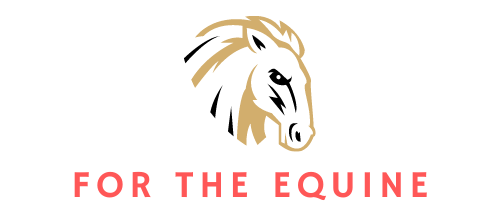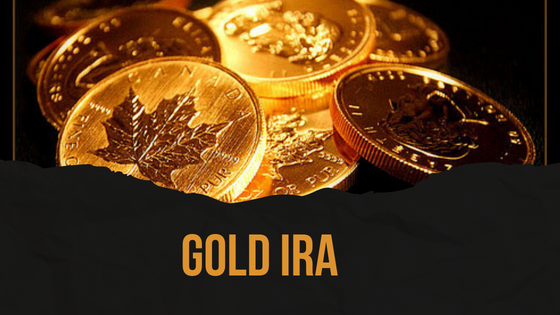Life insurance, as we know it, offers financial coverage to the policyholder’s beneficiaries in the event of their unexpected demise. However, life insurance as an investment vehicle is a relatively complex concept, surrounded by a plethora of debates. An individual’s choice to use life insurance as a form of investment can be affected by their risk tolerance, financial goals, and the specific insurance policies they choose.
An intriguing case that elucidates this dilemma is the fall of GWG Holdings, which encapsulates the significant potential risks attached to life insurance as an investment.
Investment or Safety Net?
Before making a plunge into life insurance as an investment, one needs to understand its inherent function: protection. Life insurance primarily serves as a risk management tool to secure a family’s financial future against the unpredictable eventuality of death. Its role as an investment is secondary, a feature often added in certain types of policies like whole life or universal life insurance, where a cash value accumulates over time.
However, the recent downfall of GWG Holdings, a company that once sought to convert life insurance policies into instant cash for individuals, provides a cautionary tale. Its financial instability, leading to a Chapter 11 bankruptcy declaration, displays the inherent risk attached to life insurance as an investment.

The Case of GWG Holding’s L Bonds
GWG Holdings endeavored to convert life insurance policies into L Bonds, high-yield bonds that initially seemed appealing to investors looking for alternatives to low-yield investments. But, after years of operation, GWG Holdings crumbled under about $2 billion in net liabilities, about $1.3 billion of which were related to L Bonds.
In failing to make payments totaling $13.6 million to investors, GWG Holdings demonstrated the significant risk involved in such high-yield investments. While the company’s bankruptcy and termination of L Bonds were undoubtedly disastrous for bondholders, this case provides valuable lessons for those considering life insurance as an investment.
The Takeaway
Life insurance as an investment might offer the prospects of an additional income stream over time, but such potential should be weighed against the backdrop of risk. The GWG Holdings episode serves as a stark reminder of the potential downside when investing in complex financial arrangements tied to life insurance.
The tumultuous performance of life insurance-backed investments like L Bonds, a product previously managed by GWG Holdings, should call into question these investments’ overall soundness. It also underscores the need for investors to fully understand the underlying assets, return potential, and associated risks when considering any investment tied to life insurance.
Conclusion
Choosing life insurance as an investment can be right or wrong, depending on a multitude of factors. Either way, investments should not overshadow the primary purpose of life insurance: protection. And as demonstrated by GWG Holdings, high returns often come with high risks. As always, it pays to do your due diligence when considering any investment, and that principle rings particularly true when the investment is tied to life insurance.




